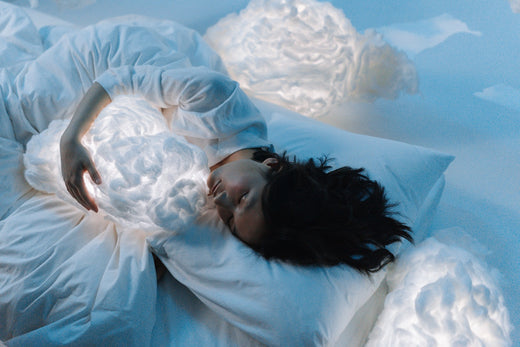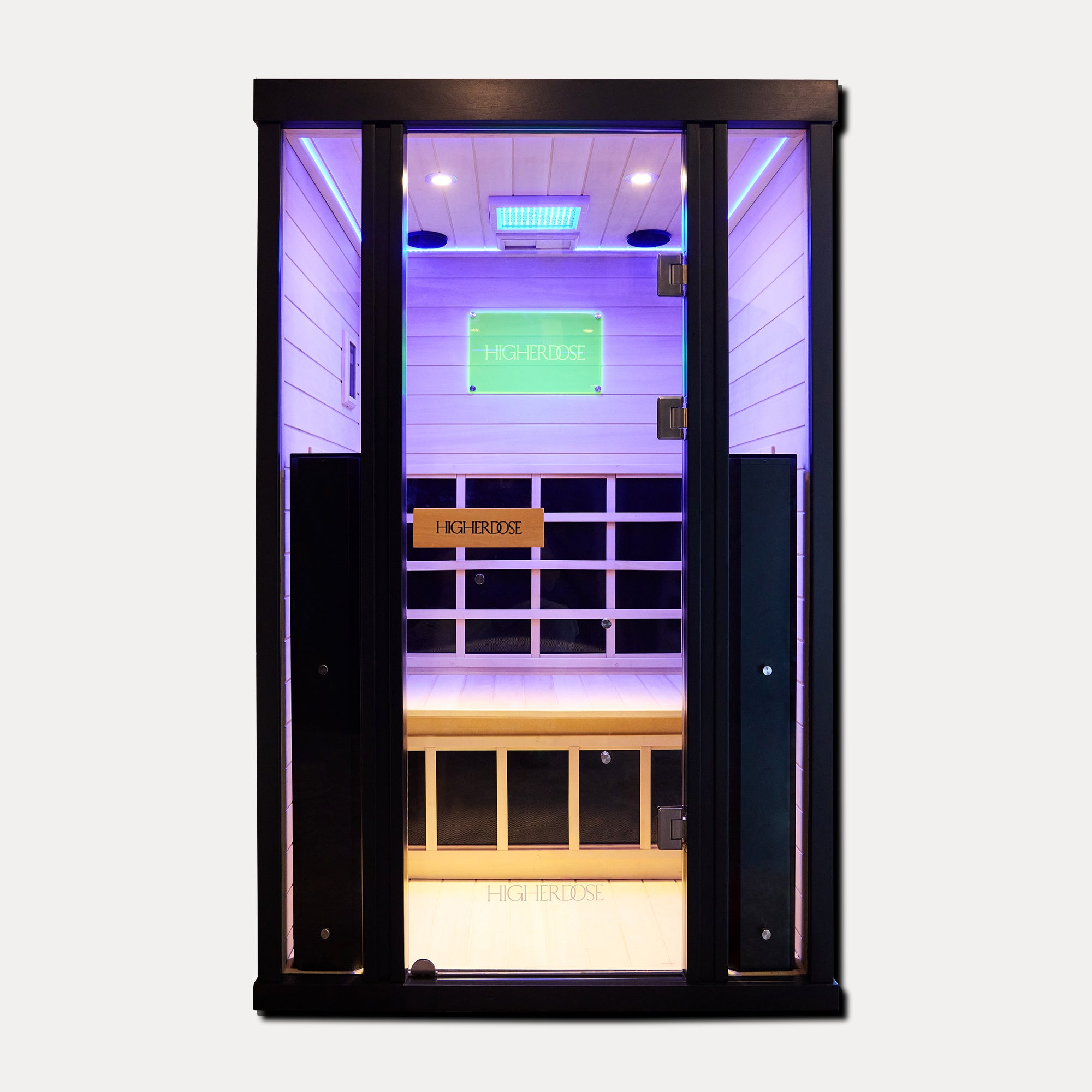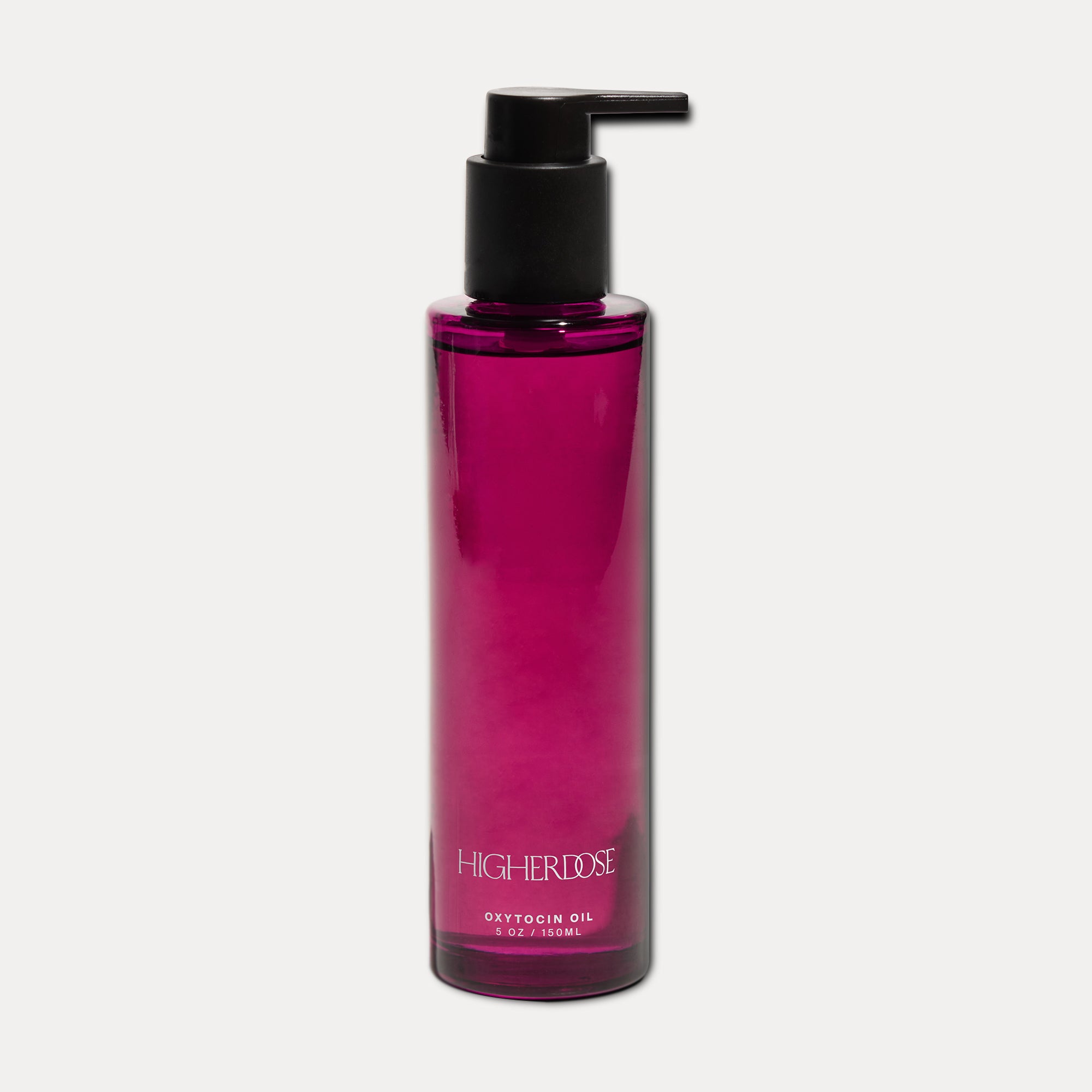
Tips on How to Get More Deep Sleep
What's far more valuable than rubies or pearls and can be quite elusive? We're not referring to wisdom, although that's a great answer, too. Instead, we're talking about an activity that refreshes, restores, and rejuvenates the body and mind. It has the power to optimize your overall sense of wellbeing. And this is none other than deep sleep! Did you find this concept alien to you? Or are you the sort of person who's never experienced the bliss of waking up to a new day and feeling totally invigorated after a full night's rest? But surely, there's more to life than feeling stuck in a time loop of tiredness and unproductivity! Get out of the sleepless rut with this read on how to get more deep sleep—night after night!
What Is Deep Sleep?
If you think that deep sleep is the spell Maleficent cast on Sleeping Beauty, you may be right in a general sense. You sleep undisturbed through the night and probably get up not more than once the whole time. But scientifically speaking, deep sleep is more specific as the third stage of the non-rapid eye movement phase. This is the deepest sleep of the cycle. In the next section, we'll see how it fits into the entire sleep cycle.
A typical adult goes through 4 to 6 sleep cycles per night. Each cycle has 3 NREM phases and one rapid eye movement phase or REM. It usually lasts from 90 to 120 minutes and then starts over again. Let's delve deeper into the two sleep phases:
Sleep Phase #1: NREM
During NREM, the brain replenishes its supply of adenosine triphosphate or ATP. These molecules are the body's main energy sources at the cellular level. NREM is a less active state than REM and thus uses much less energy. The NREM phase is broken further into three stages:
Stage 1: This marks the transition of your brain waves from their wakeful state to a slower pace. As you doze off to sleep, your heart rate, breathing, and eye movements also begin to slacken.
Stage 2: At this point, you're experiencing light sleep. Your body's activities continue to slow down further. In addition, your core temperature also dips, and your eye movements cease. Your brain waves remain slow with quick energy bursts.
Stage 3: Now, let's finally expound on deep sleep. You typically descend into this stage of the NREM phase within an hour of falling asleep. This stage is also known as slow-wave sleep because brain waves are at their slowest and longest. These delta waves reflect the brain's electrical activity during deep sleep. Deep sleep is the critical part of the sleep cycle which repairs and regenerates tissues, builds bones and muscles, and fortifies the immune system.
Sleep Phase #2: REM
REM is characterized by the quick movement of your eyes beneath your eyelids. This phase is associated with increased protein production and plays a vital role in memory consolidation, learning, dreaming, emotional processing, and healthy brain development. Here, the brain waves (beta waves) are more active than in NREM, as if one is awake but without muscular movement.

How Much REM Sleep and Deep Sleep Should You Get?
Before learning how to get more deep sleep, find out how much REM and deep sleep are enough. As newborn babies with developing brains, we had about eight hours of REM sleep every day. However, our REM requirements change as we age to meet our biological needs. An adult will only need about two hours of REM sleep per night. Even this may vary based on the amount of energy your body needs daily. This takes up about 20% to 25% of your total amount of sleep.
For most adults, a healthy amount of sleep would be 7 to 9 hours. About 13% to 23% of that time should be allocated to deep sleep. This means that if you have 8 hours of sleep every night, you should be able to spend anywhere from 62 to 110 minutes in deep sleep. As with REM sleep, your body will also self-regulate and increase your deep sleep time if you need to compensate for lost sleep or are sleeping poorly.

Tips on Biohacking Sleep
Knowing how to increase REM sleep or how to increase deep sleep is crucial to your health and wellbeing. As a percentage of your total sleep, more REM and deep sleep is possible if you get enough quality zzzs. Here are several easy yet highly effective ways of biohacking sleep:
- Make your sleep schedule consistent by waking up and getting out of bed at the exact same times every day.
- Get at least 7 to 9 hours of sleep every night.
- Create a bedtime routine. Craft it as your me-time, something that you actually look forward to doing and having.
- Sip chamomile tea.
- Indulge in a warm lavender soak.
- Listen to relaxing music.
- Make your bedtime environs conducive for sleeping:
- Keep it peaceful with white or pink noise.
- Pull down the blinds to keep it dark and maintain a healthy internal clock.
- Keep the room at a comfortably cool temperature.
- Ditch your electronic devices an hour or two before bedtime.
- Set at least three hours before you sleep as the last time to eat for the day.
- Exercise regularly. At the same time, know the best time to work out that won't disrupt your sleep (usually two hours before bedtime).
- Stick to a healthful diet. Avoid spicy and fatty foods that can cause indigestion and heartburn and keep you awake all night.
- Stay away from caffeinated drinks that can significantly diminish sleep quality and cause next-day fatigue.
- Avoid naps after 3 pm as this can interfere with nighttime sleep.
- Slow down by avoiding stimulating activities like watching exciting movies, reading brain-cell-consuming books, or listening to upbeat music.
- Establish the connection between rest and your bed by only using it for sleeping. If you can't sleep within 15 to 30 minutes of getting into bed, quit trying and instead focus on unwinding.

- Take magnesium ingestibles, like HigherDOSE Chill Chews, which are associated with better sleep quality and longer duration. For instance, the HigherDOSE gummies can help rebalance your inner seas to prep you for deep sleep.
- Transform how you sleep with red light and infrared light therapy. Now we'll spend a bit more time here because this cutting-edge therapy may be one of the best things to happen to you.
Circadian rhythms are the body's natural internal process that controls the sleep-wake cycle. These have to be helped along by melatonin, a hormone that helps in timing these rhythms. Darkness triggers melatonin, so reducing lights at night helps us sleep better. But there's another way to produce melatonin: red light therapy. Studies show that red light treatment enhances sleep and serum(blood) melatonin levels.
On the other hand, infrared light can stimulate brain cell regeneration. This can improve slumber and post-traumatic stress disorder symptoms and strengthen cognitive function.

Sleep Tight with Red and Infrared Light!
Supercharge the way you sleep with HigherDOSE. Our Red Light Face Mask has powerful healing waves similar to the sun's but without the heat or harshness of UV rays. Not only will it give heavenly slumber, but it will also go deeper to rejuvenate your skin for that ethereal glow.
But wait, there's more! The HigherDOSE Infrared Sauna Blanket boasts long infrared wavelengths that penetrate deep into cells and tissues to deliver deep restoration and relaxation. The far-infrared rays may also help induce a deep detoxifying sweat and allow your body to push out environmental toxins. The detoxification can help you sleep even better!
Stop counting sheep or staring at ceilings. With HigherDOSE, you may get your best slumber yet. Check out our complete collection of cutting-edge sleep-enhancing devices and ingestibles today!





























